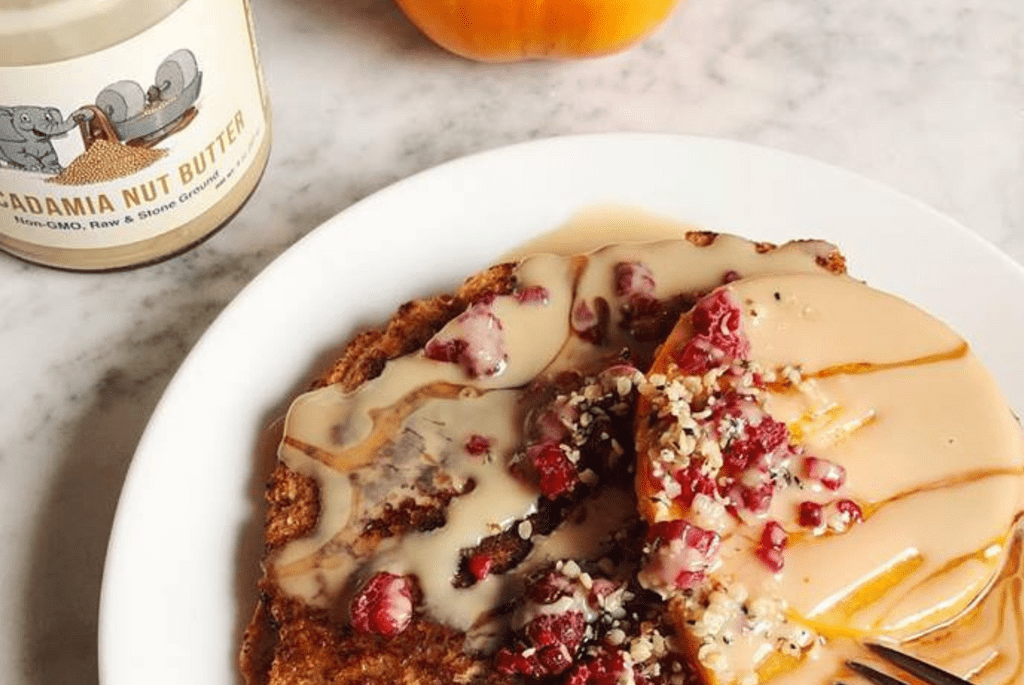Nuts have been a staple in human diets for centuries and provide a rich source of nutrients, healthy fats, and protein. They can be used in a variety of culinary applications to add flavor, texture, and nutrition to dishes. Almonds are high in healthy fats and can be used in baking and cooking. Walnuts are rich in omega-3 fatty acids and can be added to salads or used in baking. Cashews are lower in fat and can be used in stir-fries and creamy sauces. Pistachios and pecans are also a good source of nutrients and can be used in a variety of dishes. Hazelnuts are rich in healthy fats and can be used in both sweet and savory dishes. Nuts offer a wide range of health benefits when consumed in moderation and can elevate the taste and nutritional value of dishes.
Nutty Delights: The Wide Array of Nuts and Their Culinary Uses
Introduction
Nuts have been a staple in human diets for centuries, providing a rich source of nutrients, healthy fats, and protein. In addition to being a delicious snack, nuts can also be used in a variety of culinary applications, adding flavor, texture, and nutrition to a wide range of dishes. In this article, we’ll explore the nutritional value of different types of nuts and how they can be utilized in cooking and baking.
Almonds
Almonds are high in monounsaturated fats, which have been shown to improve heart health. They are also a good source of protein, fiber, vitamins, and minerals, including vitamin E, magnesium, and calcium. Almonds can be used in both sweet and savory dishes, and are a popular choice for almond milk and almond flour in baking.
Walnuts
Walnuts are rich in omega-3 fatty acids, which have been linked to a reduced risk of heart disease. They also contain protein, fiber, and antioxidants such as vitamin E. Walnuts can be added to salads, oatmeal, or yogurt for a crunchy texture, or used in baking for cookies, breads, and cakes.
Cashews
Cashews are lower in fat compared to other nuts, and are a good source of protein, fiber, and essential minerals like copper and magnesium. They can be used in a variety of dishes, including stir-fries, curries, and creamy sauces. Cashew butter is also a popular alternative to peanut butter.
Pistachios
Pistachios are packed with nutrients, including protein, fiber, and vitamin B6. They also contain antioxidants like lutein and zeaxanthin, which are important for eye health. Pistachios can be enjoyed on their own as a snack, or used in recipes for pesto, granola, or baked goods.
Pecans
Pecans are a good source of healthy fats, fiber, and essential minerals such as manganese and copper. They also contain antioxidants like vitamin E and flavonoids. Pecans are often used in desserts such as pecan pie, but can also be added to salads, oatmeal, or roasted vegetables for a nutty crunch.
Hazelnuts
Hazelnuts are rich in monounsaturated fats, protein, and fiber. They are also a good source of vitamin E, which acts as an antioxidant in the body. Hazelnuts can be used in sweet treats like Nutella or in savory dishes like salads, pasta, or roasted meats.
Conclusion
Nuts are not only delicious, but they also offer a wide range of health benefits when consumed in moderation. Whether eaten on their own as a snack, blended into nut butters or milks, or used as a flavorful addition to recipes, nuts are an incredibly versatile ingredient that can enhance the taste and nutritional value of many dishes. Experiment with different types of nuts in your cooking and baking to discover new flavors and textures that will elevate your culinary creations.
